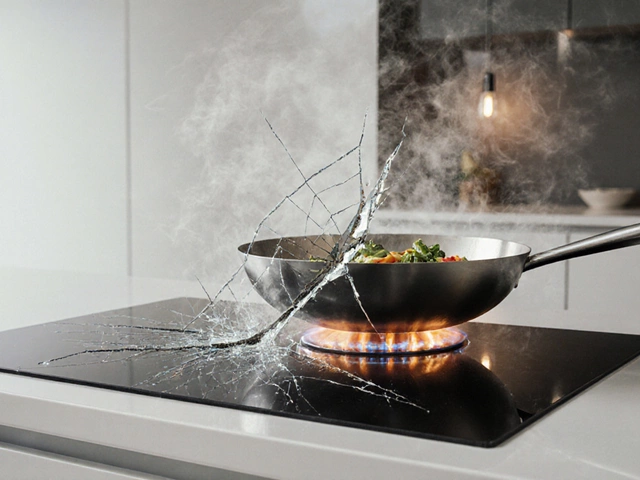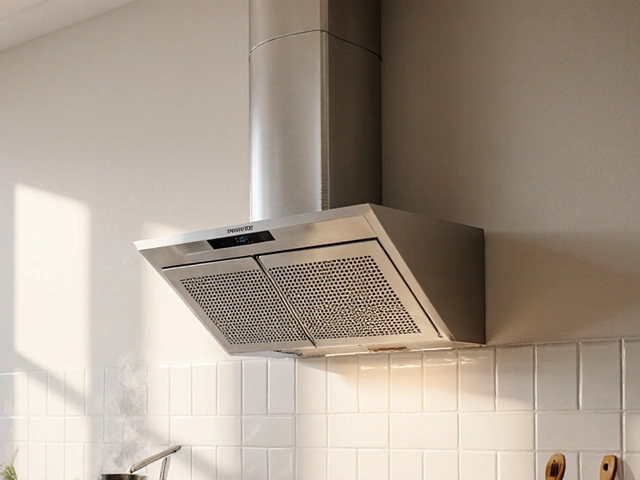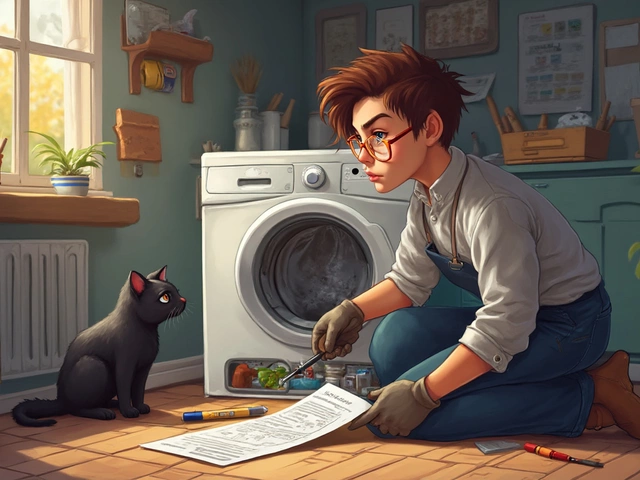Business Appliances – Repair Guides & Tips
If you run a café, restaurant, or any commercial kitchen, a broken appliance can shut you down fast. The good news? Most problems aren’t as scary as they look, and knowing a few basics can save you time, money, and headaches. Below you’ll find practical advice that works for ovens, fridges, boilers, and more.
Common Issues and Quick Fixes
First, identify the symptom. Does the oven heat unevenly? Is the fridge making a humming noise? Does the boiler flicker before it stops? Write down what you hear, see, and feel – that simple list helps the technician diagnose quicker or guides you if you decide to try a DIY fix.
For ovens, a faulty heating element is the usual culprit. Unplug the unit, remove the element, and give it a visual check for cracks or burns. A multimeter can tell you if it’s still live; replace it if the reading is zero. Most ovens also have a thermal fuse that blows when overheating. Swapping a fuse costs under £10 and often restores full heat.
Fridges often suffer from blocked condenser coils. Pull the fridge away from the wall, locate the coils (usually at the back or underneath), and clean them with a vacuum brush. This alone can improve cooling by up to 30%. If you still notice frost buildup, check the door seal for gaps – a simple rubber strip replacement can stop warm air from sneaking in.
Boilers are a little trickier because they involve gas or electricity. A common fault is a stuck pressure valve. Turn off the system, bleed any trapped air, and reset the pressure to the recommended 1-1.5 bar. If the boiler still won’t fire, the ignition electrode might be dirty – a quick scrape can bring it back to life. Always follow safety guidelines and call a professional if you’re unsure.
Saving Money on Commercial Appliance Maintenance
Regular maintenance beats emergency repairs every time. Set a calendar reminder for quarterly checks: clean coils, inspect seals, test temperature controls, and run a short diagnostic cycle on each machine. These small actions catch wear early and extend the life of pricey equipment.
When you do need a professional, get quotes from at least two local repair services. Mention the exact model and symptoms – shops that ask vague questions often charge a higher call-out fee. Ask if they offer a fixed-price repair or a maintenance contract; many businesses save 15‑20% with an annual plan.
Don’t overlook the power of part reconditioning. Some components, like oven doors or fridge shelves, can be refurbished instead of replaced. A quick search for “reconditioned [part] near Rugby” often yields cheaper, eco‑friendly options.
Finally, keep a spare parts kit for the most common failures: heating elements, thermostats, door seals, and fan motors. Having the part on hand cuts downtime dramatically. Store them in a dry box and label each one with the appliance model for quick identification.
Keeping your business appliances humming isn’t magic – it’s a mix of routine care, smart troubleshooting, and knowing when to call in the pros. Use this guide as a checklist, and you’ll spend less on repairs while keeping your customers happy and your kitchen running smoothly.






